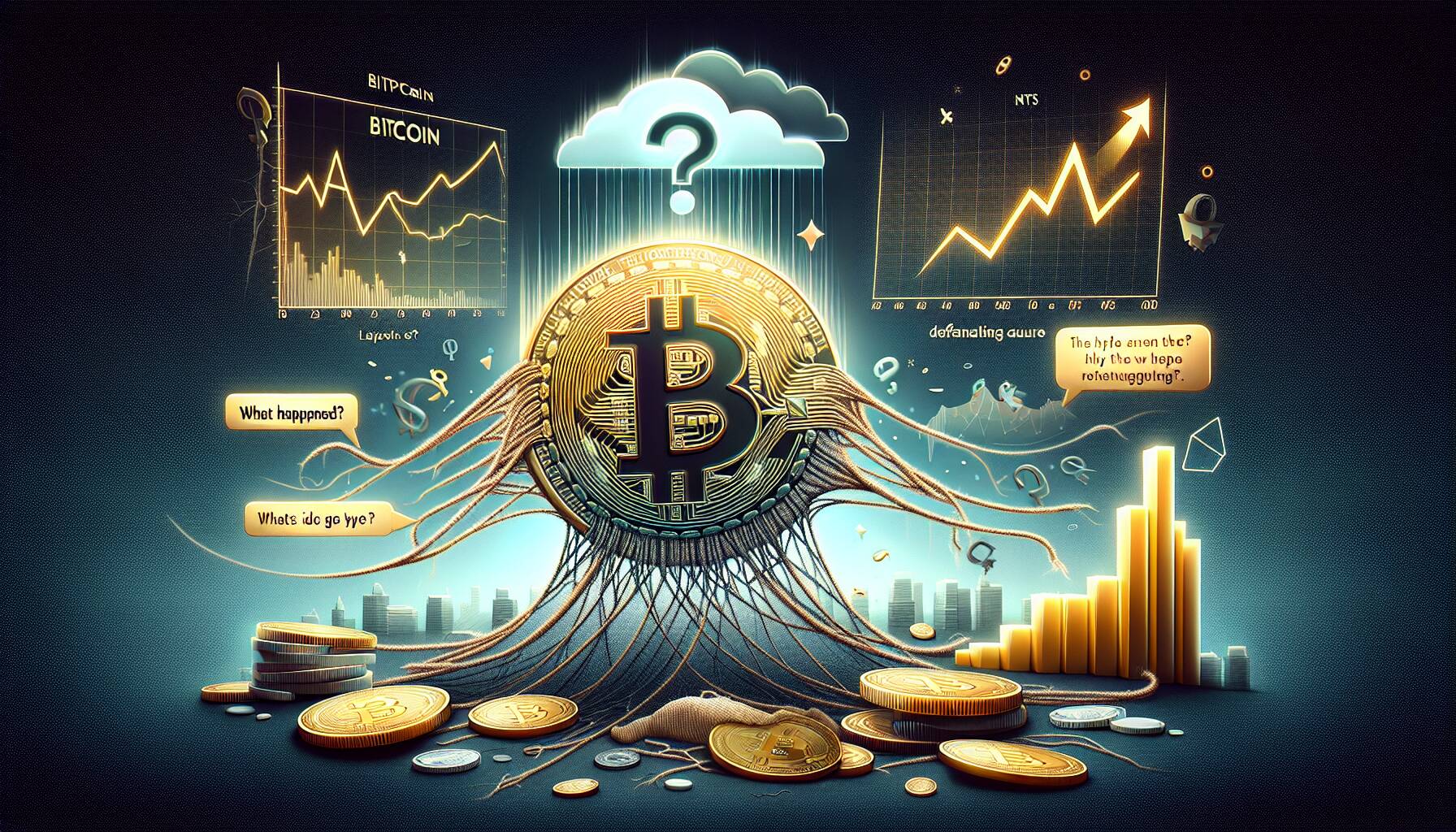The cryptocurrency market has recently experienced a significant shift, particularly in the realm of non-fungible tokens (NFTs). Reports indicate that the once-popular trends surrounding Bitcoin NFTs, layer-2 solutions, and the practice of restaking have seemingly lost their luster, leaving enthusiasts in search of the next big thing.
In a surprising turn of events, Polygon has recently surpassed both Bitcoin and Solana in terms of daily NFT sales volume, signaling a shift in buyer sentiment and marketplace dynamics. This surge in activity from Polygon comes at a time when broader crypto sentiments remain bearish. Despite the downturn, certain NFT collections continue to make headlines, showcasing resilience in this fluctuating landscape.
According to data from various sources, NFT sales have dipped by 7.8%, amounting to approximately 9 million, with notable declines seen in popular collections like CryptoPunks, which experienced a staggering 55% reversal in sales.
Moreover, Bitcoin’s price decline in the first quarter has notably impacted the NFT market, illustrating the interconnected nature of cryptocurrency valuations and NFT sales. As investors and collectors navigate this evolving space, the future of NFTs remains uncertain yet compelling. Industry observers are keenly watching how these trends unfold as creators and platforms adapt to the new realities of the market.

Current Trends in the NFT and Crypto Market
The digital landscape of cryptocurrencies and NFTs is rapidly evolving, with various factors influencing their market performance. Below are the key points that highlight the current state and its implications for investors and enthusiasts.
- Decline in Bitcoin NFTs and Layer-2 Solutions:
- The hype around Bitcoin NFTs, layer-2 solutions, and restaking has significantly diminished.
- This decline could lead to increased scrutiny and skepticism from potential investors.
- Polygon’s Rise in NFT Sales:
- Polygon has surpassed Bitcoin and Solana in daily NFT sales volume.
- This shift highlights the growing popularity of alternative blockchains in the NFT space.
- Bearish Sentiment in Crypto Market:
- Despite bearish conditions, several NFT collections continue to gain traction.
- Investors may need to identify resilient projects amidst the volatility.
- Overall NFT Market Decline:
- Recent reports indicate a 7.8% drop in NFT sales, falling to 9 million.
- Notable collections like CryptoPunks experienced a staggering 55% decrease in sales.
- Investors should reassess their portfolios and consider diversifying to more stable assets.
- Bitcoin Price Impact:
- Declines in Bitcoin’s price during Q1 have a ripple effect on the NFT market.
- Market shifts may push investors to explore lower-risk assets or projects.
These developments suggest the need for strategic planning and adaptation in investment approaches to align with the changing dynamics of the crypto and NFT markets.
Analyzing the Shift in the NFT Market: A Comparative Overview
In a landscape where digital assets are ever-evolving, the recent trends surrounding Bitcoin NFTs, layer-2 solutions, and the hype surrounding restaking appear to have lost momentum. This decline coincides with Polygon’s impressive rise, recently surpassing both Bitcoin and Solana in daily NFT sales volume, showcasing a competitive edge in user engagement and market adaptability.
While the soaring NFT sales figures from Polygon exhibit its ability to attract users and drive transactions, Bitcoin, once the frontrunner in the cryptocurrency and NFT space, struggles under the weight of declining interest. Significant drops, like the 7.8% fall in overall NFT sales to 9 million, indicate a stagnation that could deter new users and investors who were previously bullish on the potential of NFTs. Furthermore, high-profile collections like CryptoPunks are suddenly experiencing a staggering 55% reversal in sales, amplifying the narrative that the NFT market is not only volatile but can also be unforgiving.
These shifts pose distinct advantages and disadvantages for various market participants. On one hand, Polygon’s rise signals a lucrative opportunity for creators and investors who actively engage with its ecosystem, potentially yielding better returns as it champions lower transaction fees and faster confirmation times compared to traditional platforms. On the flip side, the grim bearish sentiment gripping Bitcoin and the pacing NFT sector could complicate decisions for long-term holders or newcomers who might see their investments wane in value.
The ongoing bearish climate could further alienate institutional investors who often rely on more established platforms for stability and security. Additionally, those who have heavily invested in Bitcoin-oriented NFTs may find this transition challenging, as the market adjusts and competitors like Polygon take center stage. Ultimately, while promising developments may arise for some, the declining numbers and market sentiment pose substantial risks to others, reshaping the NFT landscape in unprecedented ways.

















